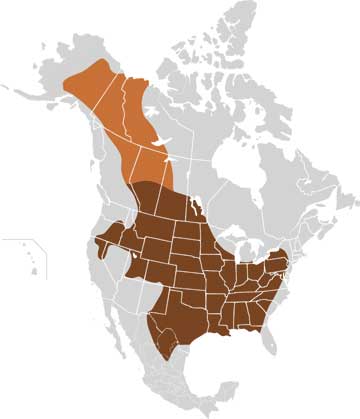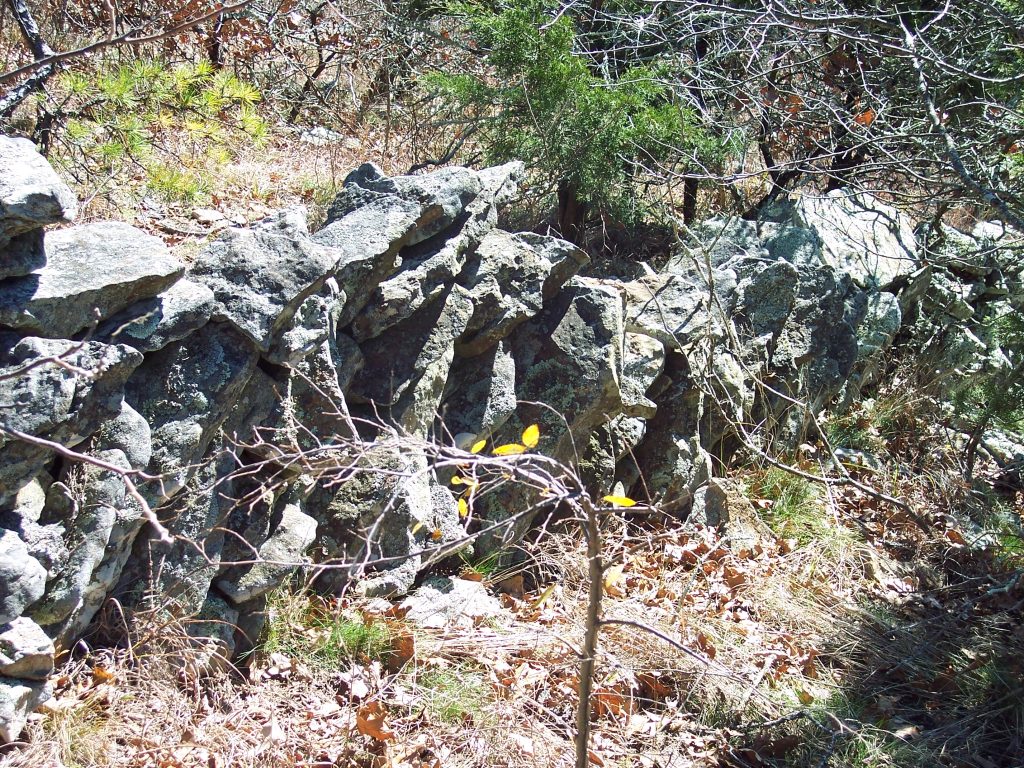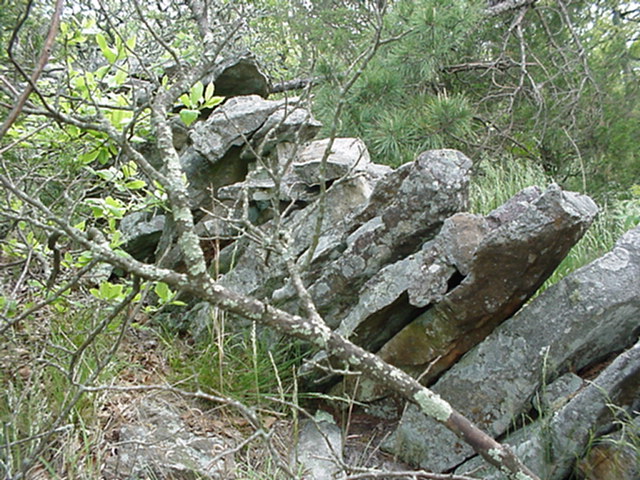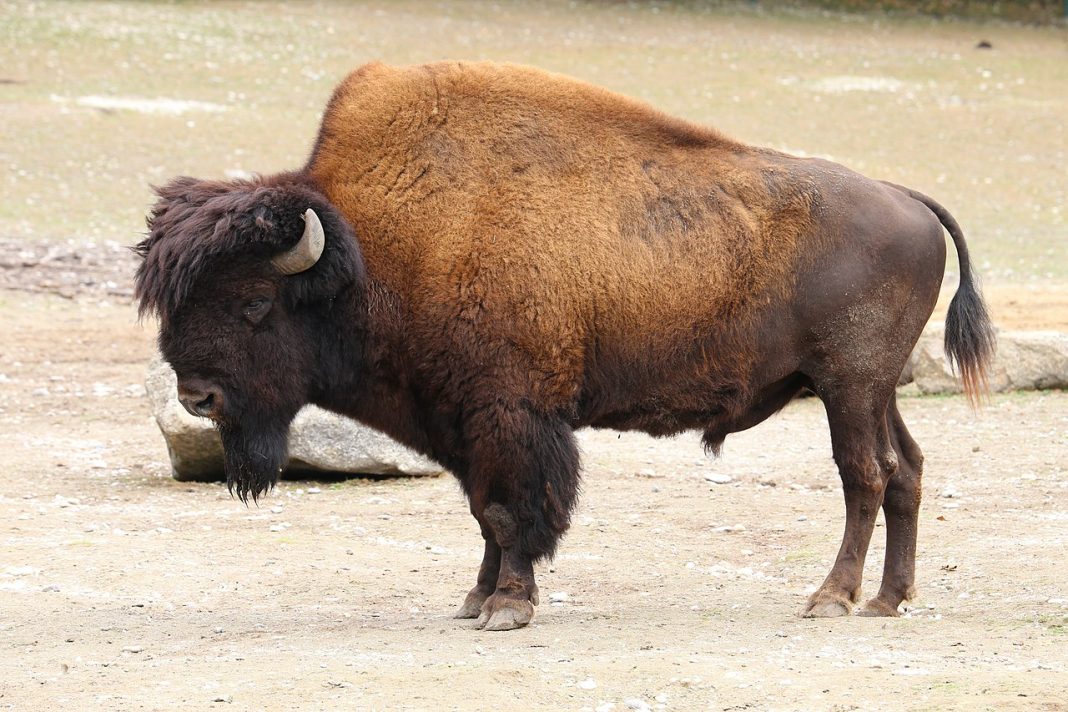By Dr. Curtis Varnell
When singing the song, “Oh give me a home where the buffalo roam,” people do not think of Arkansas yet thousands of buffalo once lived in the state. In 1540, Desoto reported seeing numerous buffalo as he crossed the state as did LaSalle a century later. When William Dunbar made his expedition across the state in 1804, he reported they fed off the numerous deer and turkey but were not able to bring down the huge buffalo with the rifles that they carried. He did comment on the many salt springs in the area which were referred to as “buffalo licks.” The many salt licks eventually lead to the entire county being called Saline or salt county. Colonel Richard Dodge reported encountering a massive herd of Arkansas buffalo in one of his 1860’s memoires. Further north, the Buffalo River was named for the famous animal and was often labeled on maps as the Buffalo tributary of the White river. Reportedly, the last buffalo in the state was killed in Saline County shortly after the ending of the Civil War.

It is estimated that more than 60 million buffalo were once found in the U.S. and herds were found from the Rocky Mountains all the way into New York. Woodland buffalo, slightly larger and blockier than the plains buffalo, ran in smaller herds in the more forested areas of the state. Both they and the plains buffalo were found in Arkansas. Both were hunted by the Native American tribes and were a major source of food. Off Bear Gap trail on the south side of Magazine Mountain is what is thought to be a buffalo jump. A buffalo jump is a cliff formation where drive lanes funneled herds of animals over a cliff wall to their death. Bear Gap, a natural declivity in the rock formation, was used to push the animals toward a constructed rock wall which would then force the animal over the cliff. Although unconfirmed, lichen deposits and construction of the wall appears to predate American settlers.


The Grand Prairie of Franklin and Sebastian county once contained large numbers of buffalo. Both Spanish and French trappers visited the area and exchanged beads and trade goods for the meat and hides from the buffalo. The exchange or trading port on the Arkansas river was called Lavaca (the cow in Spanish) and lead to the naming of the present day town. The river bisecting Sebastian County is called Vache Grasse, the French name for fat cow. In both instances, the cow they were referring to was the buffalo.
The American buffalo is really not a buffalo but a bison. The shaggy, brown-haired animal can reach heights exceeding six feet tall, nine feet long, and over a ton in weight. In Yellowstone, I once saw a buffalo cow taking on a herd of wolves while protecting her calf. Charging, she would place her head near the earth and pick up and toss the wolves in every direction. A majestic animal, the buffalo could easily have become our national symbol. Once more common place in our state than the elk, it would be fantastic to see small numbers reintroduced into the wild in our state and national forestland of the Ouachita and Ozark mountains.







